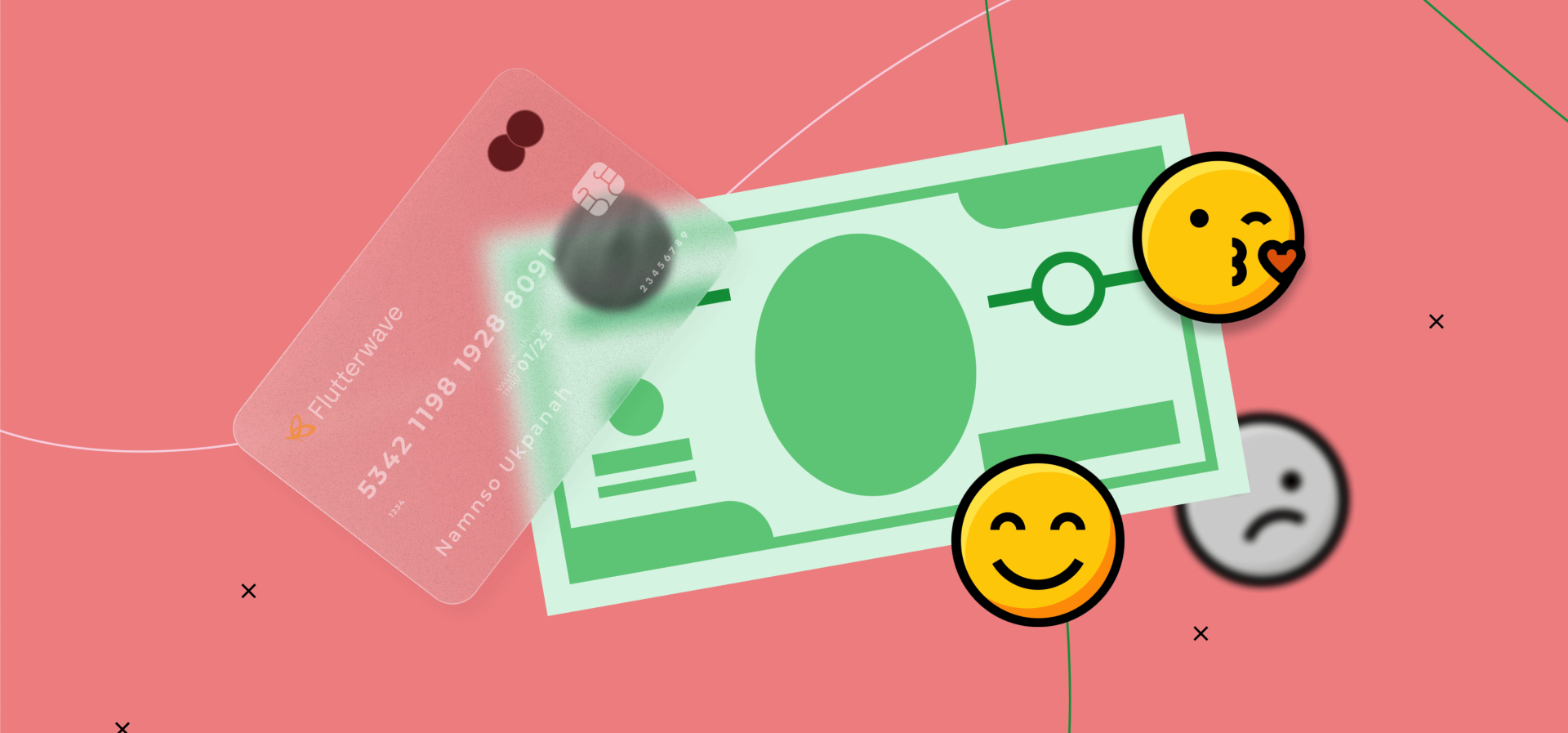Money And Emotion – Where Design Comes In

“No one is entirely rational when it comes to money. We don’t create and follow a budget or save every paycheck though we believe it would be in our best interest. We know we need a financial plan but put off the work involved; somehow, it never happens. We spend too much out of recklessness or exuberance or too little out of guilt.”
~ Forbes
The funny truth about money is that no matter how much we argue or try to prove how rational or logical we are with our money/spending, we are actually not. And it’s not that we’re unaware or that our money makes its own decisions. We know how not-so-easy it is to make money, but we still go ahead and spend it and then cry about how hard it is to keep/save money.
And with businesses building, improving, and optimizing daily to make it easy for their users to trust and pay for their products, it begs the question, which part of the product should they focus on? The answer, is their users’ emotions. Why, though?
Most people don’t spend because they have to; they spend because the product/service appeals to a part of their emotion, guilt, happiness, love, excitement, appreciation, or just because it looks good.
A bunch of other people (which you probably happen to be one of) buy something because there’s a chance they’ll need it sometime in the future (this is the case with supermarkets strategically placing cheap/inexpensive items close to the checkout counters).
And the truth is, most of the time, you never get to use these things. But, we still find a way to justify these unnecessary spendings. That is one of the key reasons businesses should pay attention to users’ emotions when building products.
It’s easy to build a product that looks good, works well, and still finds it challenging to get people to pay for them. There are many reasons why this is so, but at the center of it is your users not being able to satisfy their emotions by having to use/purchase your product.
Money – Design – Emotions
According to Steve Jobs, design is not just what it looks like and feels like. Design is how it works.
And emotions, according to Wikipedia, are; biological states associated with all of the nerve systems brought on by neurophysiological changes variously associated with thoughts, feelings, behavioral responses, and a degree of pleasure or displeasure.
As designers, empathy(the ability to understand and share other people’s feelings) plays a significant role in our ability to design and ship products that not just appeal to users but also help achieve business goals.
So, when a design looks good, feels good, and the user is still not able to use or continue using the said product, there’s a disconnect between what the product is trying to achieve and what the user expects it to do for them.
And, when building a payment product, it’s not just important to understand how your users will interact with and use your product. It also becomes essential to know the type of relationship your users have with money. And it’s also key to factor in how that relationship will grow and where it may possibly lead (they’re definitely not going to break up :)).
This means that your product will focus not only on how your users use it today but also on what happens when their money behavior/relationship with money changes. Suppose somewhere along the line, the relationship goes from the talking stage to dating, and you keep treating your users like they’re single. In that case, they’re most likely going to find a new home to nurture that relationship.
As much as most people would like to prove how rational and logical they are with their money, most of their financial decisions are still emotional. And, with design being informed by user behaviors, needs, and situations, in the relationship between money and emotion.
What does this mean for you?
Engineering is beautiful. Design is wonderful. Money is powerful. But, emotions rule everything. And understanding and knowing how to build products that appeal to users’ emotions through design will not just increase the adoption rate of your products. However, it will ease the process of getting your users to preach the good news without hesitation.
Originally published on Flutterwave Design blog


Comments are closed.